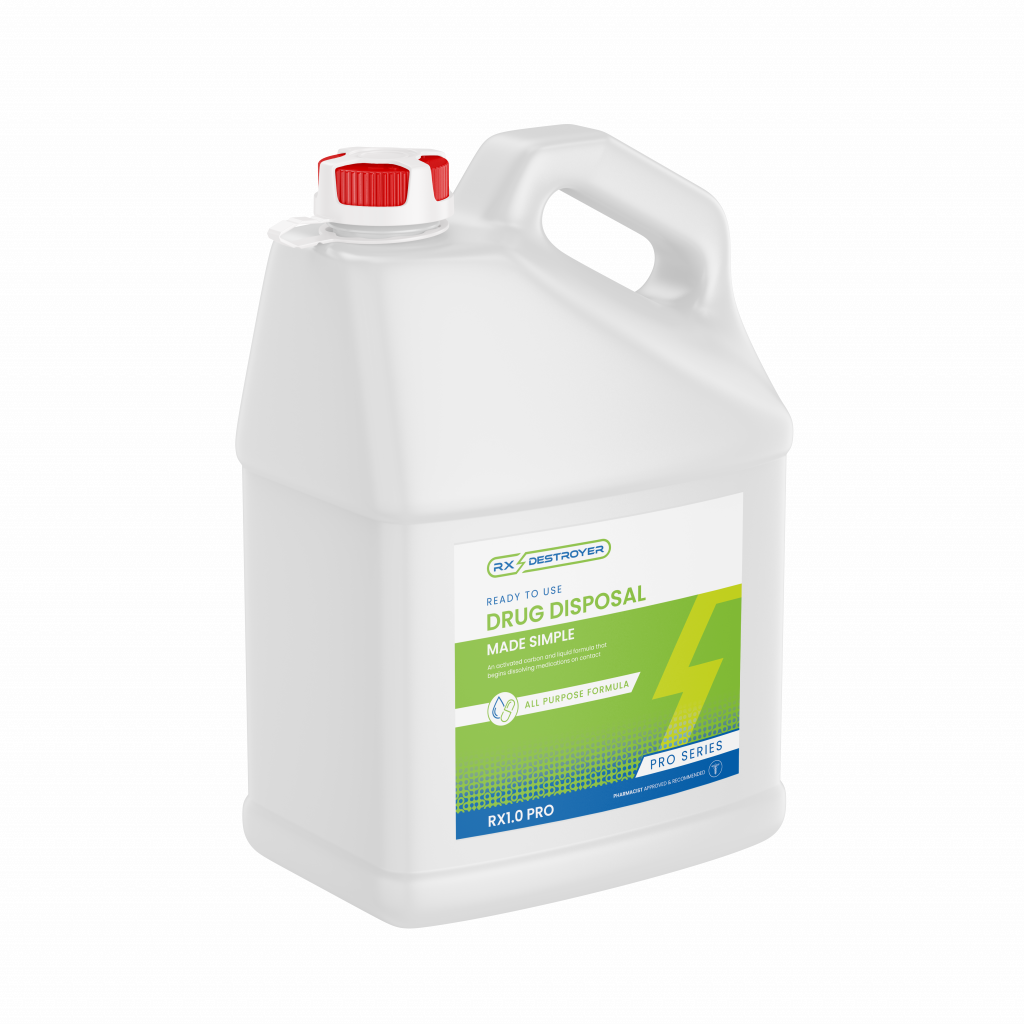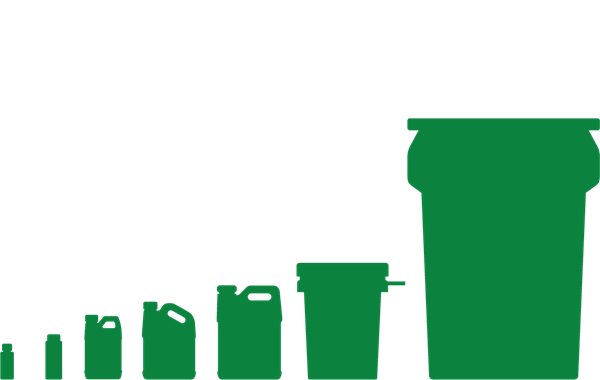
Rx Destroyer™ provides a safe and easy solution for disposal of controlled drugs in care homes such as long term care facilities and nursing homes.
Medical waste disposal in long term care facilities (LTCFs) can be complex as well as confusing for staff to know which rules to follow, with many regulatory agencies addressing pharmaceutical waste disposal.
LTCFs must maintain policies and procedures for storing and disposing of medications consistent with their local ordinances, state and federal requirements along with their own standards of practice. Additional factors such as whether or not the facility has a pharmacy on-site, a collection receptacle or staff trained to properly dispose of controlled drugs impact the regulations to be followed.
Rules for Disposal of Controlled Drugs in Care Homes

A significant change with this ruling is that LTCFs now have the ability to dispose of controlled substances on behalf of the person that is or has resided in the facility. Additional rules require disposal into a receptacle, where one is used, within three days of the discontinued use of the medication and regulations for the secure storage, transfer and changing of the liner which should occur under supervision.
Waste pharmaceuticals include medications such as warfarin, nitroglycerin and some chemotherapy agents. The EPA regulates how these pharmaceuticals must be stored, transported, treated and disposed of under the Resource Conservation and Recovery Act, RCRA.
Implementing a method of regulated pharmaceutical waste disposal with Rx Destroyer™ product provides safe and easy solutions. Our solution begins dissolving medications on contact. As medications are dispersed in the activated carbon slurry, diversion is discouraged and potential environmental harm is reduced.
Why Regulated Pharmaceutical Waste Disposal is Critical
Disposal of controlled substances in domiciliary care and care homes is a significant issue in the United States, with a 2015 EPA study estimating that nursing homes and long term care facilities dispose of 740 million tons of medications annually, as reported by ProPublica in August of 2017, America’s Other Drug Problem.
Both controlled and noncontrolled medications go unused in LTCFs for many reasons, such as:
- A resident may be transferred to a hospital
- A resident may have an allergic or adverse reaction to a medication
- The medical condition may be resolved before the medication is fully consumed
- The medication may be ineffective and the physician may change the prescription
- A resident may pass away and leave behind a supply of medication
- The expiration date may be reached before the medication is fully consumed
A 2008 study by the EPA focused on understanding the ways that unused pharmaceuticals enter our waterways from health care facilities and understanding the factors contributing to the problem. Preliminary observations concluded that the local, state and federal laws and regulations often required special handling influenced the options that long term care facilities had for proper disposal. Other findings concluded that fewer disposal options existed for long term care facilities if they were not CSA registrants and could not use reverse distributors. Other factors included the size of the organization and the access to easy medication disposal options.
The passing of the Disposal Act on 9/9/2014 amended the Controlled Substances Act with more available options for ultimate users to transfer controlled substances to an entity for the purpose of disposal, with an expanded definition of entity. Additionally, the ruling expands the authority of authorized retail pharmacies, hospitals and clinics to maintain collection receptacles voluntarily at long-term care facilities. The EPA has issued supplemental information to the Disposal of Controlled Substances final rule regarding the medication disposal options for LTCFs and hospitals.

Rx Destroyer™ provides safe and easy solutions for disposal of controlled substances in care homes and domiciliary care environments.
Our easy to use containers range in size from 4 oz. for proper disposal of controlled drugs in domiciliary care homes, with many options available for larger containers such as 16 oz., 64 oz., 1 gallon, 5 gallon and up to 30 gallon drums to accommodate various sizes of organizations and health care facilities.
See All ProductsWe educate and support our customers to meet DEA and EPA guidelines.
To qualified customers, Rx Destroyer™ offers
Free Compliance
Consultations
Product Education
Training
Industry Best
Practices
Free Samples
Learn more about our safe, easy and affordable options for proper disposal of controlled drugs in care homes.

